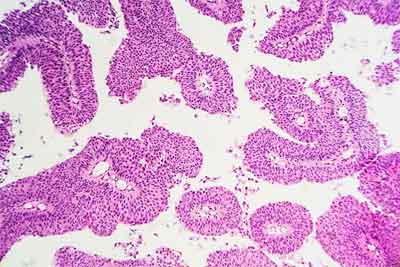- Home
- Editorial
- News
- Practice Guidelines
- Anesthesiology Guidelines
- Cancer Guidelines
- Cardiac Sciences Guidelines
- Critical Care Guidelines
- Dentistry Guidelines
- Dermatology Guidelines
- Diabetes and Endo Guidelines
- Diagnostics Guidelines
- ENT Guidelines
- Featured Practice Guidelines
- Gastroenterology Guidelines
- Geriatrics Guidelines
- Medicine Guidelines
- Nephrology Guidelines
- Neurosciences Guidelines
- Obs and Gynae Guidelines
- Ophthalmology Guidelines
- Orthopaedics Guidelines
- Paediatrics Guidelines
- Psychiatry Guidelines
- Pulmonology Guidelines
- Radiology Guidelines
- Surgery Guidelines
- Urology Guidelines
Improved imaging of neonatal soft-tissue tumors can help radiologists improve patient care

Better understanding of practical imaging techniques with regard to neonatal soft-tissue tumors can improve patient care, according to an article published in the July 2017 issue of the American Journal of Roentgenology (AJR).
Neonatal soft-tissue tumors are congenital neoplasms discovered during the first month of life. Because of their rarity, these tumors often pose diagnostic challenges for clinicians and specialists, including radiologists. "From an epidemiologic point of view, there has been no unified method of reporting neonatal soft-tissue tumors. As a result, the exact prevalence, sites of origin, and pathologic nature of the tumors are unknown," said the article's lead author, Dr. Richard Restrepo, of the Department of Radiology, Nicklaus Children's Hospital, of Miami, Florida.
Titled "Up-To-Date Practical Imaging Evaluation of Neonatal Soft-Tissue Tumors: What Radiologists Need to Know," the article noted that neonatal soft-tissue tumors are a unique set of neoplasms that often have characteristic clinical and imaging findings. Imaging evaluation, mainly with ultrasound and MRI, plays an important role in the initial diagnosis, staging, preoperative assessment, and follow-up evaluation.
"Clear understanding of practical imaging techniques combined with up-to-date knowledge of characteristic imaging findings can help the radiologist provide a timely and accurate diagnosis of these neoplasms and can lead to optimal neonatal patient care," the article stated.
Although some tumors may have characteristic imaging findings that can point to the correct diagnosis, biopsy or even excision may be required for a definitive diagnosis, according to the review. Some neonatal soft-tissue tumors may spontaneously regress and carry a better prognosis. However, the management of benign but locally aggressive and malignant neonatal soft-tissue tumors is often challenging and may require a combination of chemotherapy and resection by a multidisciplinary team.
For more details click on the link : Ricardo Restrepo, Michael L. Francavilla, Robert Mas, Edward Y. Lee. Up-To-Date Practical Imaging Evaluation of Neonatal Soft-Tissue Tumors: What Radiologists Need to Know. American Journal of Roentgenology, 2017; 209 (1): 195 DOI: 10.2214/AJR.16.17576

Disclaimer: This site is primarily intended for healthcare professionals. Any content/information on this website does not replace the advice of medical and/or health professionals and should not be construed as medical/diagnostic advice/endorsement or prescription. Use of this site is subject to our terms of use, privacy policy, advertisement policy. © 2020 Minerva Medical Treatment Pvt Ltd